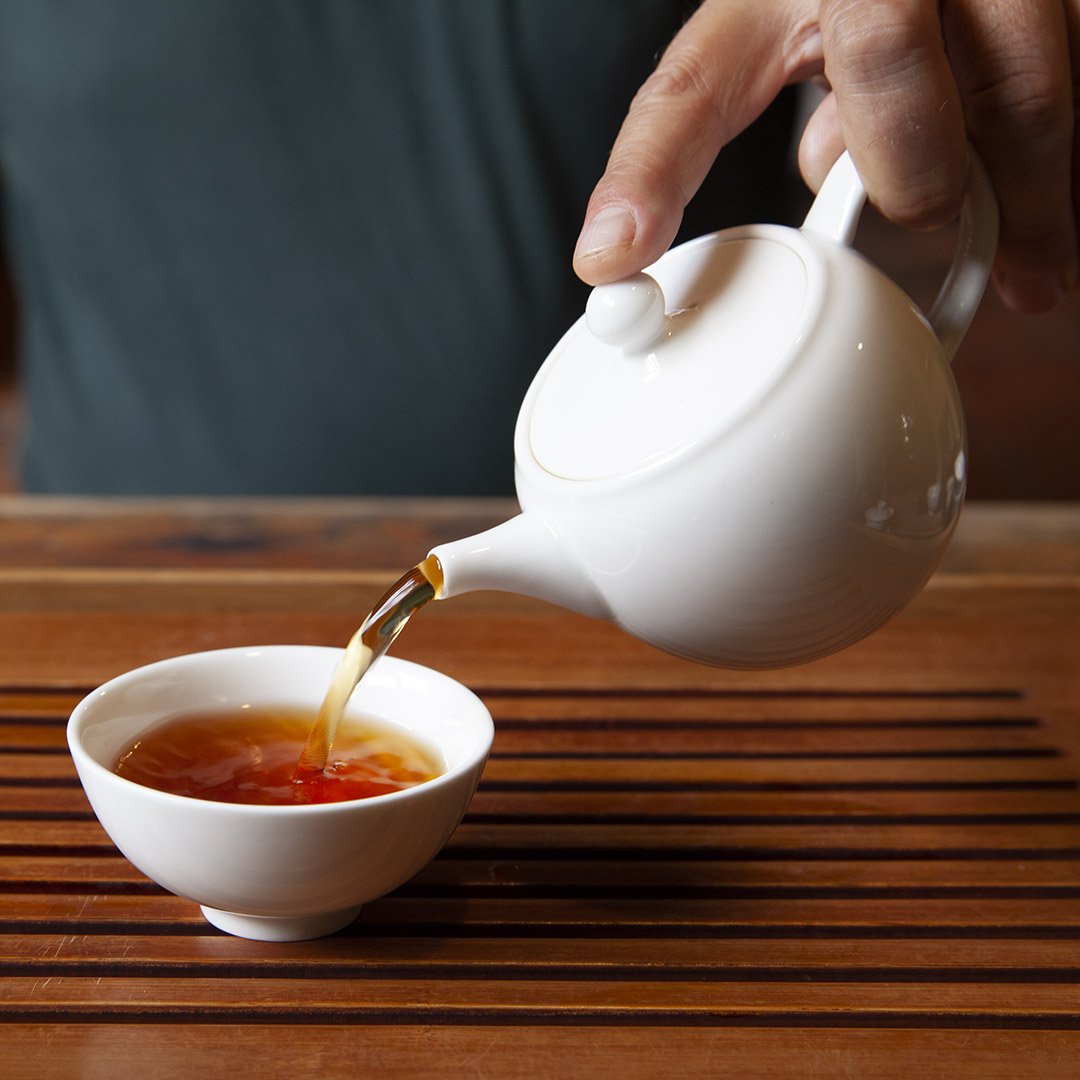
Time to Bitch the Pot? The Victorian tea-party slang we need to revive

Bitch the pot” or “standing bitch” was slang for hosting a tea party in Victorian England.
The other tea-related phrase was “to bitch” — which simply means to make tea. Women, legally excluded from coffee houses, copied the first “tea-drinking queen” (Catherine of Braganza) and tea was born as women’s drink. Manuals of Etiquette set down the rules of a tea party.
The Habits of Good Society claims : the “chief charm [was] that a tea-party [could] be arranged in two or three days notice.” Tea time was from four to seven in the afternoon, though “one seldom [appeared] before half-past four.” The book even dictates the chinaware and decorations. Hostesses were to use tables with two tiers, saucers with fan-shaped projections, and never use white table cloths. Etiquette books even told women what to discuss. True ladies avoided “scandal, disclosing secrets, [and] duplicity.” Above all else, women were never to discuss anything that appeared “distasteful to the lady of the house.”
This left women with only innocent subjects such as literature or music. The Victorians regarded tea as essentially the ladies meal, so when men attended a tea party, they needed to downplay their pleasure least they be considered unmanly. Some authors admitted that secretly gentlemen took great pleasure in these affairs. No doubt, tea’s association with women was why it became “prattle broth,” “chatter broth,” “scandal broth,” and “cat lap.” A tabby party was “a party consisting entirely of women, a tea and tattle gathering.” If you’ve agreed to a tea-fight or muffin-worry, don’t panic. You’re simply attending a tea party. College students (all male at the time) appropriated the term “bitch party” for tea drinking.
This may be because college students thought tea was only fit for old ladies. The host bitched tea or bitched the pot. Insulting a woman by calling her a female dog pre-dates the existence of the word bitch itself. In Ancient Greece and Rome, the slur likened women to dogs in heat, sexually depraved beasts who grovel and beg for men. The modern word bitch comes from the Old English bicce, which probably developed from the Norse bikkje, all meaning ‘female dog’. Much of the documented usage of the word from the 16th and 17th centuries is in reference to a man, not a woman.
The use of bitch not only put him down by calling him a woman, but abased him by comparing him to a dirty female animal. The 18th century returned to the original insulting meaning of bitch. The insulting meaning of bitch grew so dominant in the 18th century that it forced the literal meaning of the word, that of female dog, out of polite society. While science publications and dog professionals kept the word bitch, the public used euphemisms such as doggess, lady dog, she dog, and the puppy’s mother.
Grose’s 1811 Dictionary of the Vulgar Tongue calls bitch “the most offensive appellation that can be given to an English woman, even more provoking than that of whore.” In an 1811 publication called The Fools’ Dictionary, by Dr. H. Clarke, “slop” was added to the most offensive list: “How the blowens lush the slop.
How the wenches drink tea!”
Blowens, by the way, was slang for whore or mistress.
The first serious rise in the usage of bitch begins at 1920 — exactly the same year as another feminist clincher in the United States: suffrage.
These new uppity, interfering feminists had to have a name. You guessed it : bitch.


